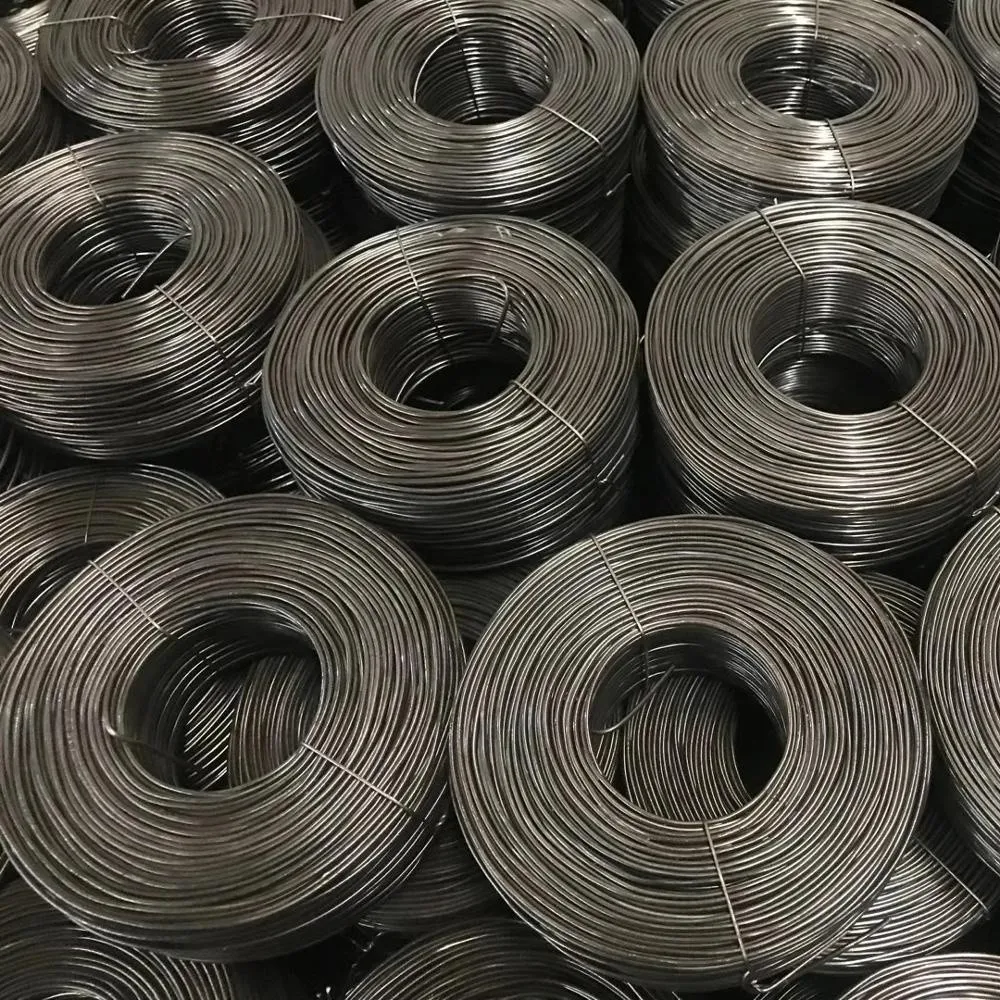Cost Analysis for Different Types of Fencing Mesh Options and Their Benefits
Understanding Fencing Mesh Costs Factors and Considerations
When it comes to building a fence for your property, one of the most popular materials chosen by homeowners and construction companies alike is fencing mesh. Fencing mesh serves multiple functions it provides security, defines property boundaries, and offers a degree of aesthetic appeal. However, understanding the costs associated with different types of fencing mesh can be crucial for effective budgeting and planning. In this article, we will explore various factors that influence the cost of fencing mesh, as well as some tips on how to manage those costs effectively.
Types of Fencing Mesh
The first variable that affects fencing mesh costs is the type of material chosen. Common materials include galvanized steel, vinyl, and chain link, each offering unique advantages and price points.
- Galvanized Steel Often used for its strength and durability, galvanized steel mesh is resistant to rust and corrosion, making it ideal for outdoor use. The cost for galvanized steel fencing mesh typically ranges from $10 to $30 per linear foot, depending on gauge and coating thickness. - Vinyl Mesh Known for its aesthetic appeal and lower maintenance requirements, vinyl mesh is another option. It’s typically more expensive upfront, with costs ranging from $20 to $40 per linear foot. However, the long-term savings on maintenance can offset the initial investment.
- Chain Link Generally the most budget-friendly option, chain link fencing mesh usually costs between $5 to $15 per linear foot. While less aesthetic compared to the vinyl options, chain link is durable and functional for providing security.
Factors Influencing Costs
Aside from material choice, there are several additional factors to consider when assessing the cost of fencing mesh.
1. Height and Gauge The height of the mesh as well as the gauge, or thickness, significantly affects pricing. Taller fences and those made with heavier gauge materials will typically cost more. 2. Installation Professional installation can add significantly to the overall cost, anywhere from $5 to $20 per foot, depending on the complexity of the job. However, opting for a DIY installation can save you a considerable amount of money if you possess the necessary skills and tools.
3. Geographic Location Prices can vary dramatically based on location, due to transportation costs and regional market fluctuations. Urban areas may tend to have higher prices than rural counterparts.
fencing mesh cost

4. Length and Design Complexity The total length of the fence also plays a crucial role in determining overall costs. Longer perimeters can benefit from economies of scale, but complex designs or varied terrain, such as hills and inclines, can increase labor and material costs.
5. Permits and Additional Features Depending on local regulations, you might need to acquire permits before installing a fence, which can incur additional costs. Adding features such as gates, privacy slats, or decorative elements will also increase the total expense.
Tips for Managing Fencing Mesh Costs
To manage your fencing mesh costs effectively, consider the following tips
- Research and Compare Always shop around and get multiple quotes from suppliers and contractors. This allows you to compare prices and find the best deal.
- Plan Your Budget Establish a clear budget before starting the project and try to stick to it as closely as possible. Include some contingency funds for unexpected expenses.
- DIY When Possible If you feel comfortable taking on the labor yourself, DIY fencing can save a significant amount on installation costs.
- Choose Quality Wisely While it’s tempting to go for the lowest-priced option, investing in higher-quality mesh can save money in repair and replacement in the long run.
In summary, the cost of fencing mesh is influenced by a variety of factors including material type, installation choices, and geographic location. By understanding these factors and making informed decisions, property owners can effectively budget and make the best choice for their fencing needs, enhancing both security and property value.
-
Space-Saving Chain Fence Hacks Vertical Gardening with Cyclone MeshNewsJul.16,2025
-
Innovations in Iron Nail Wire Production for Modern ConstructionNewsJul.16,2025
-
Creative Uses of Wire Netting Fence in Modern Landscape DesignNewsJul.16,2025
-
Barbed Wire Fence Innovations in Anti-Climb TechnologyNewsJul.16,2025
-
Architectural Uses of Umbrella Nails for Aesthetic Roof DesignsNewsJul.16,2025
-
Architectural Uses of Razor Barbed Wire in Secure Urban DesignNewsJul.16,2025




